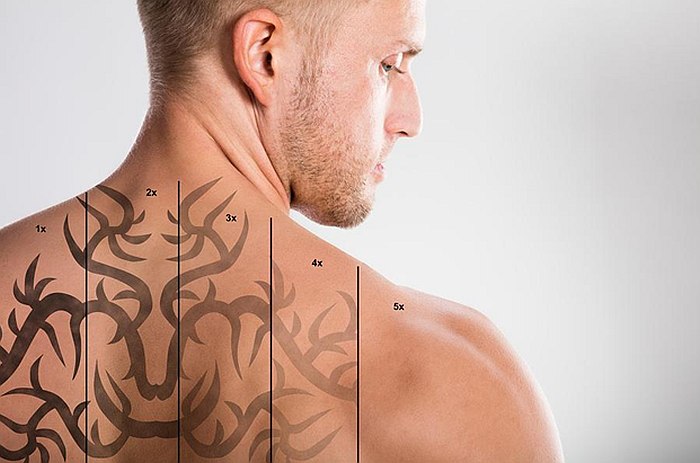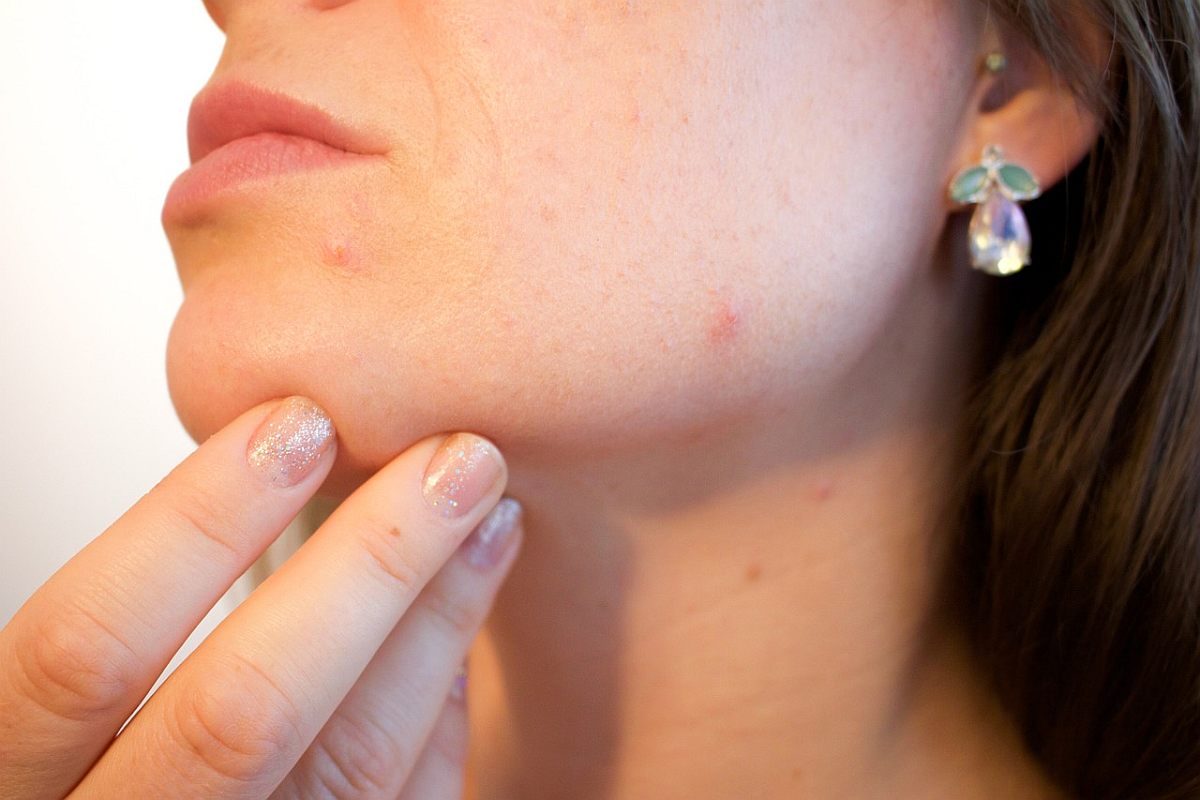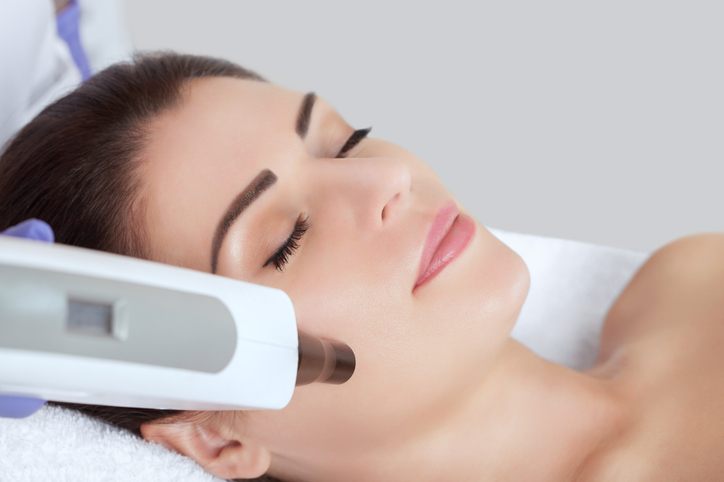One of the biggest concerns people have while planning to go for laser tattoo removal is does it cause scarring? Generally not, in fact, there is very low risk of scarring if quality laser tattoo removal machine is used by a well trained technician. Scarring doesn’t usually arise from removal treatments, but rather with improper before and after care. However, scarring can occur in individuals with sensitive skin, but there are many preventive measures that can be taken to eliminate the risk of scarring.

Here we guide you through essential points to take care of, to prevent scarring post laser tattoo removal.
- Stay Hydrated
Drink plenty of water both before and after the treatment process. Keeping yourself hydrated during the process not only minimises the risk of scarring but also speeds up the tattoo removal process. The better your skin is the more efficiently it responds to treatment. Drink at least 8-10 glasses of water per day.
- Prefer Advanced Technology
This is probably the first thing you need to take care of. Tattoo removal technology has greatly evolved in the last few years with new machines available in the market such as Q-switched laser machine, picosecond laser machine and IPL machine, to remove ink more effectively while causing minimum harm to the surrounding skin. Q-switched lasers pulse a beam of light at a billionth of a second and use a photo thermal mechanism to break up the ink, whereas picosecond lasers pulse a beam of light at a trillionth of a second and use a photo acoustic mechanism to break up the ink into tiny particles. Both lasers operate on the same principle, using laser technology to shatter the ink so that it can be easily absorbed by the body. IPL technology uses a broad spectrum of light to effectively remove tattoo and can also treat a number of skin conditions.
- Technician’s Experience
Take into account experience of the technician. This is essential as no matter how advanced technology you use, if the technician is not highly experienced there is risk of getting burnt and scarring. The experienced tattoo removal technician will note down details such as skin type and ink density to determine the laser settings that are appropriate for the treatment. The density of the ink changes after each treatment session and it takes skill and experience to assess such changes. It is advised that you go with a technician who has laser tattoo removal certificate as the certificate signifies that they have been given proper training in handling the equipment.
- Avoid Direct Sun Exposure
Sun and ultraviolet light play havoc if the tattoo treated area is exposed to the sun. The skin is more vulnerable after tattoo removal session and exposure may result in burning or blistering of the area, which leads to scarring. Staying indoors throughout the treatment is impossible, so make sure you apply sunscreen with SPF 30 or more over the treated area whenever you need to go out in the sun. Also, cover your treated area with a scarf and religiously follow the instructions of your technician for at least 3 months following the last appointment.
- Don’t Pop Blisters
Blistering can occur 8 hours post your treatment. Do not be alarmed, as blisters are part of the normal healing process. Blisters indicate your immune system is removing the ink from the tattoo. Keep the treated area clean and dry and apply a thin coating of antibiotic ointment up to three times a day. Do not pop the blisters and if they do pop on their own, clean the area with an antiseptic and continue applying the antibiotic ointment. Remember that popping blisters can cause scarring and infection.
Last Few Words
Laser tattoo removal aftercare is critical to a successful tattoo removal because it helps your body heal better and faster after each treatment. Following the above-mentioned tattoo removal aftercare instructions can have a great impact on the outcome of the treatment. However, if scarring do occur after tattoo removal session, it is light and use of vitamin E oil is effective in lightening the mark. If you experience the same symptom after each treatment, give yourself an extended period of time in between sessions to help skin heal fully. Rushing the treatment would leave you looking worse off at the end.



It really helped when you mentioned how you need to dring plenty of water before and after getting your tattoo removed. I can understand that doing this can help your skin be more elastic and adapt better to the tattoo removal treatment. My brother is planning on getting rid of his tattoos, so I’ll share your page with him.
I have been very thankful to you for providing this tips.